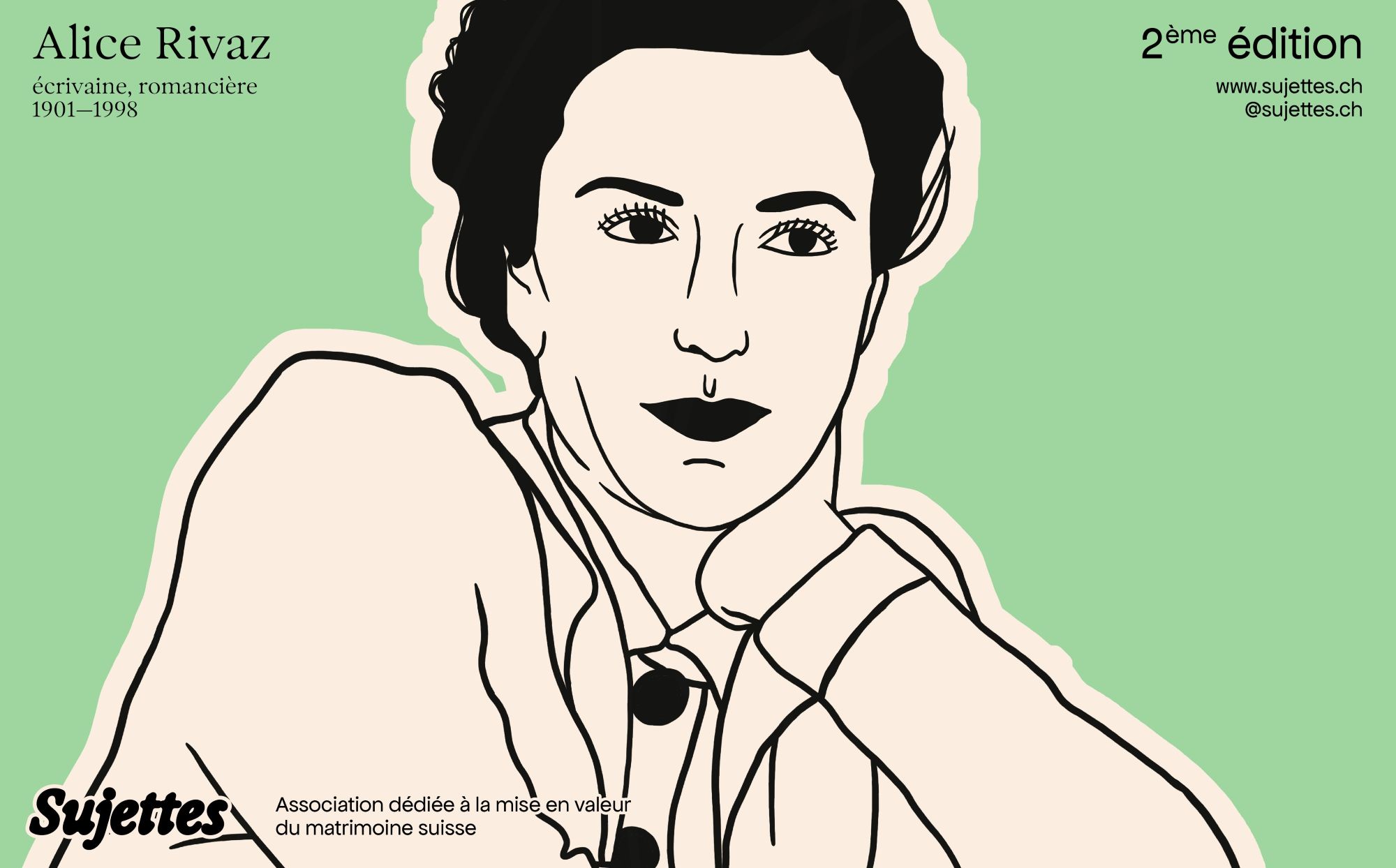(Place à) Beatriz Consuelo

On 06.06.2024, Charles-Sturm-Platz in Geneva was renamed Beatriz Consuelo Square.
The City of Geneva, committed to balanced gender representation in public space, thus honours the first soloist and founder of the Ballet Junior, who left a lasting mark on Geneva’s artistic life and, over many years, taught and inspired numerous generations of dancers.
The official inauguration of the renaming of the square, which is also home to the ADC pavilion, provided the opportunity to present an audiovisual installation conceived by Foofwa d’Imobilité, the son of Beatriz Consuelo and himself a dancer and choreographer, based, among other things, on holdings preserved by the SAPA Foundation.
Foofwa’s research into his mother’s holdings brought hidden treasures to light, including an exceptional series of photographs created jointly by his parents, Beatriz Consuelo and Claude Gafner, also a dancer and passionate photographer.
Artistic and educational legacy
On the occasion of the World Day for Audiovisual Heritage, the SAPA Foundation is placing the artistic and educational legacy of Beatriz Consuelo at the centre and invites you to recognise and celebrate it.
Beatriz Consuelo (1932–2013) was a first soloist and dance teacher. After her dance début at the Municipal Theater of Rio de Janeiro , she joined the company of the Marquis de Cuevas in 1953, where she was promoted to first soloist in 1959. Her career then took her to the Grand Théâtre de Bordeaux and ultimately to the Grand Théâtre de Genève, where she settled. In 1969, upon the birth of her son, she devoted herself increasingly to teaching, directing the Geneva Ballet School from 1975 to 1999 and founding the Ballet Junior in 1980, through which she trained numerous generations of dancers.
In 2019, the SAPA Foundation received her entire estate. It is distinguished by exceptional documentary and aesthetic breadth and bears witness not only to the life and career of this artist, but in particular to her pronounced commitment to transmission: the passing on of an art form, a passion and her knowledge.
The collection comprises various media, with an emphasis on audiovisual materials.
1. Films and videos
A woman of her time, Beatriz Consuelo learned to use different technologies to document her work as a performer, dancer and teacher throughout her life. The collection includes, among other things, numerous 8 mm films that she recorded herself during the 1950s and 1960s in her active dance years. From the 1980s onwards, she carefully documented the lessons she gave at the Ballet Junior on VHS cassettes. This audiovisual material offers a unique insight into her artistic work and her influence on the world of dance.
2. Photographs
The collection includes around 900 photographs capturing key moments of her career on stage, behind the scenes or in the studio. There are also personal images with family, friends and colleagues. Together with her husband Claude Gafner, himself a dancer and photographer, she lived out her passion for the image in joint projects.
3. Personal documents
Her correspondence, notebooks and travel documents provide insights into her private life and personal reflections.
4. Professional memorabilia
Employment contracts, programme booklets, posters and press articles trace her professional path from her beginnings at the Municipal Theatre of Rio de Janeiro through to the founding of the Ballet Junior. Diplomas and honours attest to the recognition of her talent and contribution to the art of dance.
The SAPA Foundation also preserves 23 videos from the holdings of the Ballet Junior de Genève. This audiovisual collection, which was taken over in 2011, was catalogued and made available online in 2019 thanks to the support of Memoriav. It documents both teaching and training as well as various works from the repertoire, such as "Masques et Bergamasques" from 1984.
The Beatriz Consuelo and Ballet Junior de Genève collections can be viewed online on the SAPA Foundation’s Swiss Performing Arts Platform.




